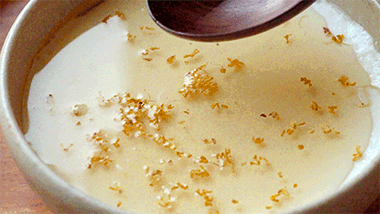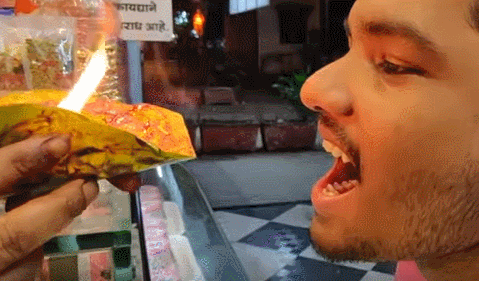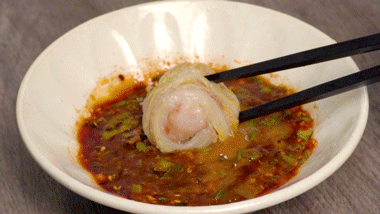With its amber-like translucence, intricate pine-needle patterns, and uniquely bouncy texture, the century egg is a staple in Chinese cuisine, especially as a refreshing summer dish. Yet, this seemingly humble preserved egg has sparked global fascination—and revulsion—when discovered by the uninitiated.

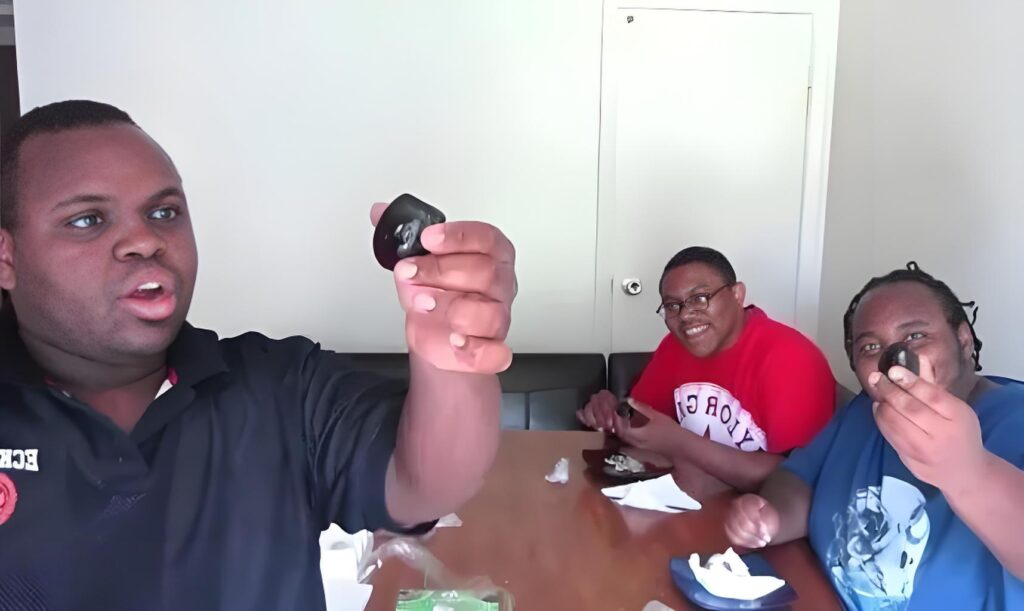

To many Chinese, it’s a beloved snack that transcends regional divides. But for foreigners, encountering this “thousand-year-old egg” is often a shocking experience.


First Impressions: A Culinary Horror Show?
The century egg’s appearance alone is enough to terrify the curious. Its fossilized shell and eerie, darkened interior make it look like something unearthed from an ancient tomb. Many brave souls who dare to peel one recoil at its sulfurous aroma, often comparing it to rotten cheese or worse.

YouTube sensation Mike once live-streamed his first taste, declaring it “toxic-looking jelly wrapped around something unholy.” Unsurprisingly, nicknames like “demon egg” and “century-old abomination” quickly spread.


CNN’s Infamous Backlash
The controversy peaked when CNN’s iReport crowned the century egg the “world’s most disgusting food.” The backlash was swift and fierce—outraged readers flooded the author with death threats, forcing CNN to issue a public apology in both English and Chinese.
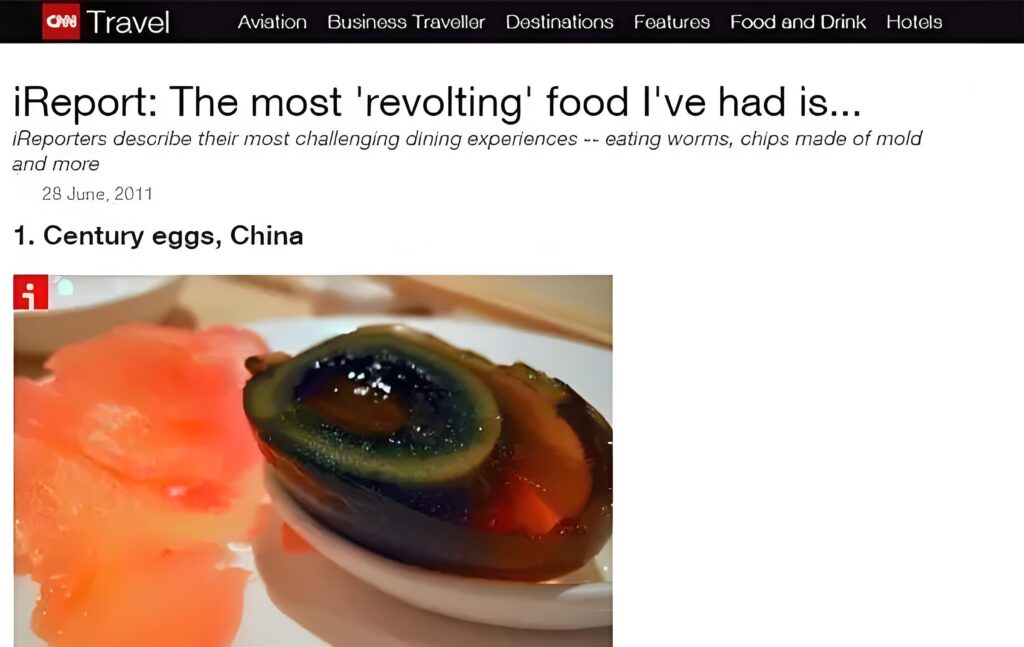
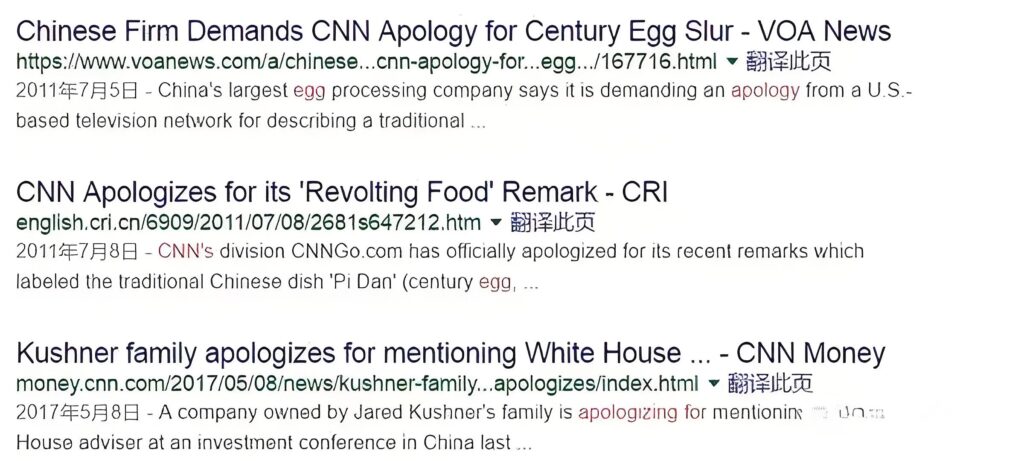
Yet, amid the disgust, a small but passionate group of foreigners developed a deep respect for this ancient delicacy.
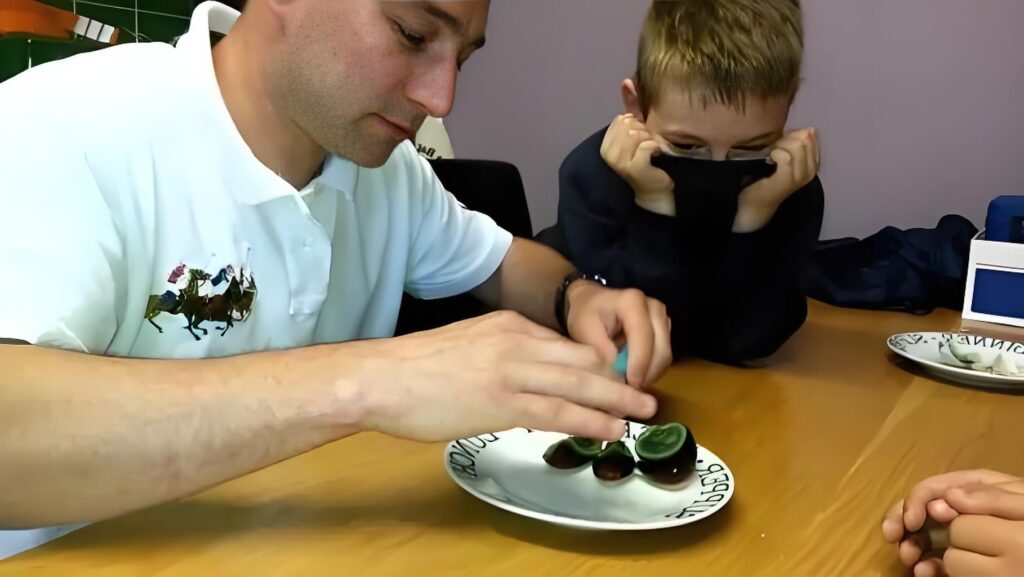
A Taste of History (Literally)
Dating back to 1504—over two centuries before the U.S. Declaration of Independence—the century egg was originally called “chaos seed” in Ming Dynasty records. Some foreign collectors even display them like museum artifacts, encased in glass alongside rare gems.
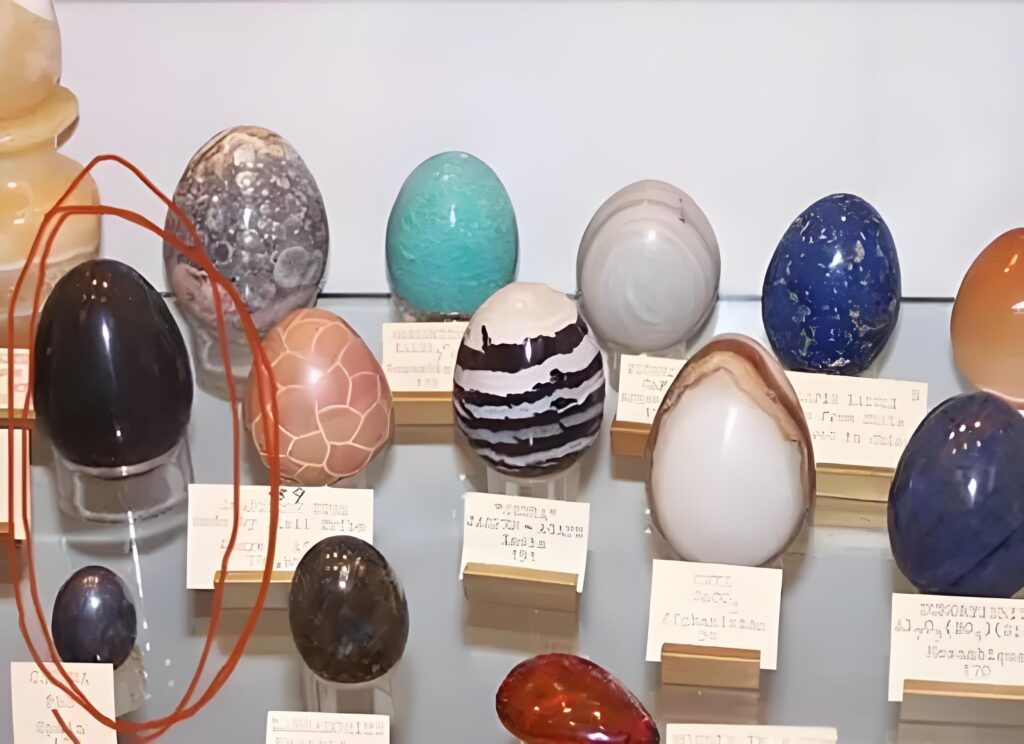
Geologist Joe, who works with limestone, admits the egg’s ammonia-like scent reminds him of his lab—a strangely comforting association. “This egg has seen things,” he jokes.
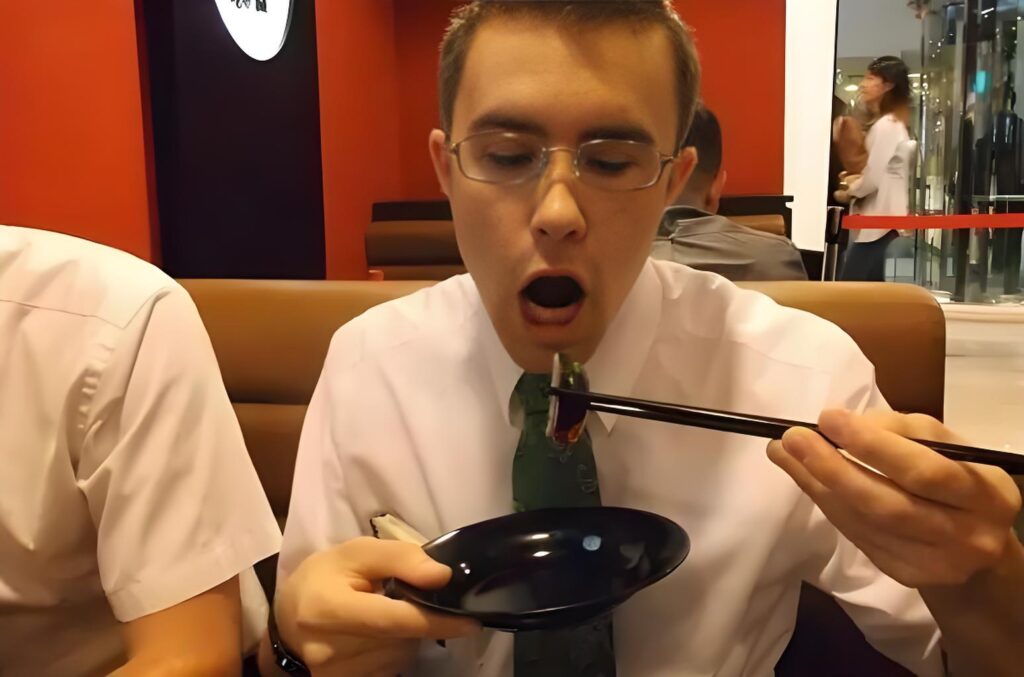
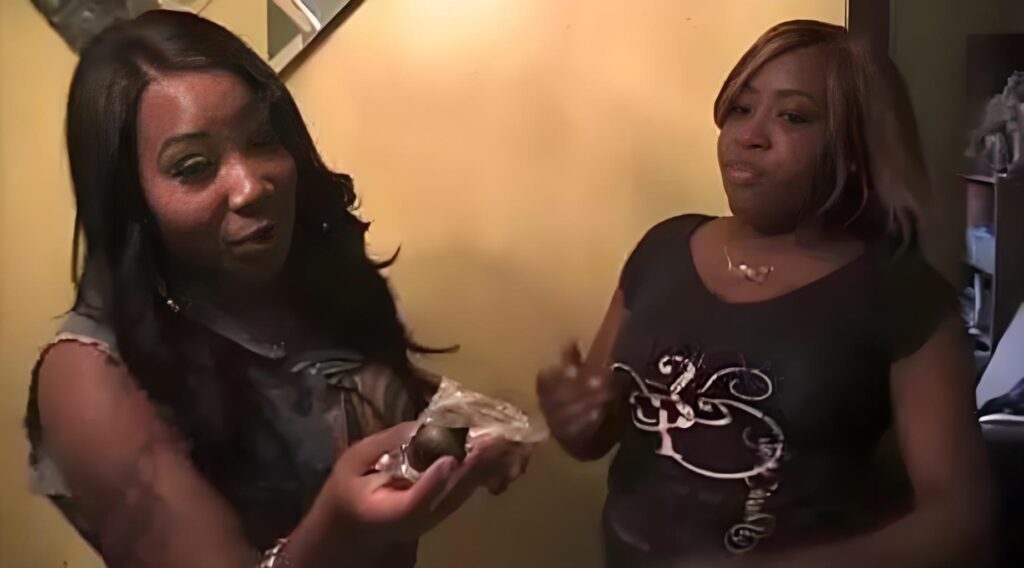
Why Do People Love (or Despise) It?
Unlike flashy dishes like French toast or Portuguese egg tarts, the century egg doesn’t win points for looks. Yet, beneath its unassuming surface lies a rich, umami-packed flavor that devotees swear by.

One extreme case involved a black metal fan who traveled to China seeking the legendary “Satan’s egg.” After one bite, he abandoned his dark aesthetic—switching to gospel metal and ditching his black nail polish.

The Ultimate Challenge for Foreigners
For those determined to try it, blending it into a drink might seem like an easy way out—but even hardcore Chinese fans wouldn’t recommend that!

At the end of the day, the century egg is a cultural litmus test. Whether you see it as a masterpiece of fermentation or a culinary nightmare, one thing’s certain: you’ll never forget your first encounter.
Would you dare to take a bite?






